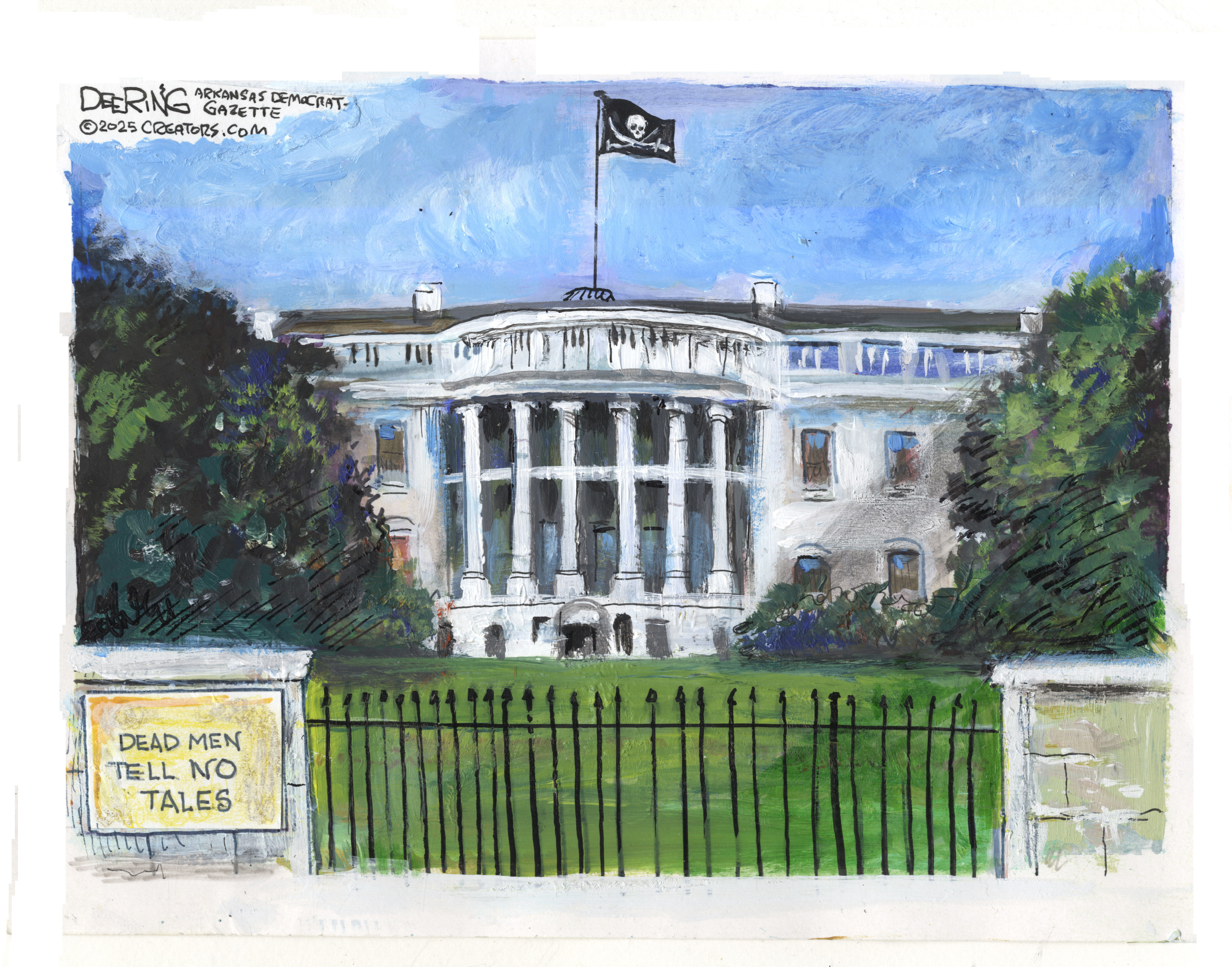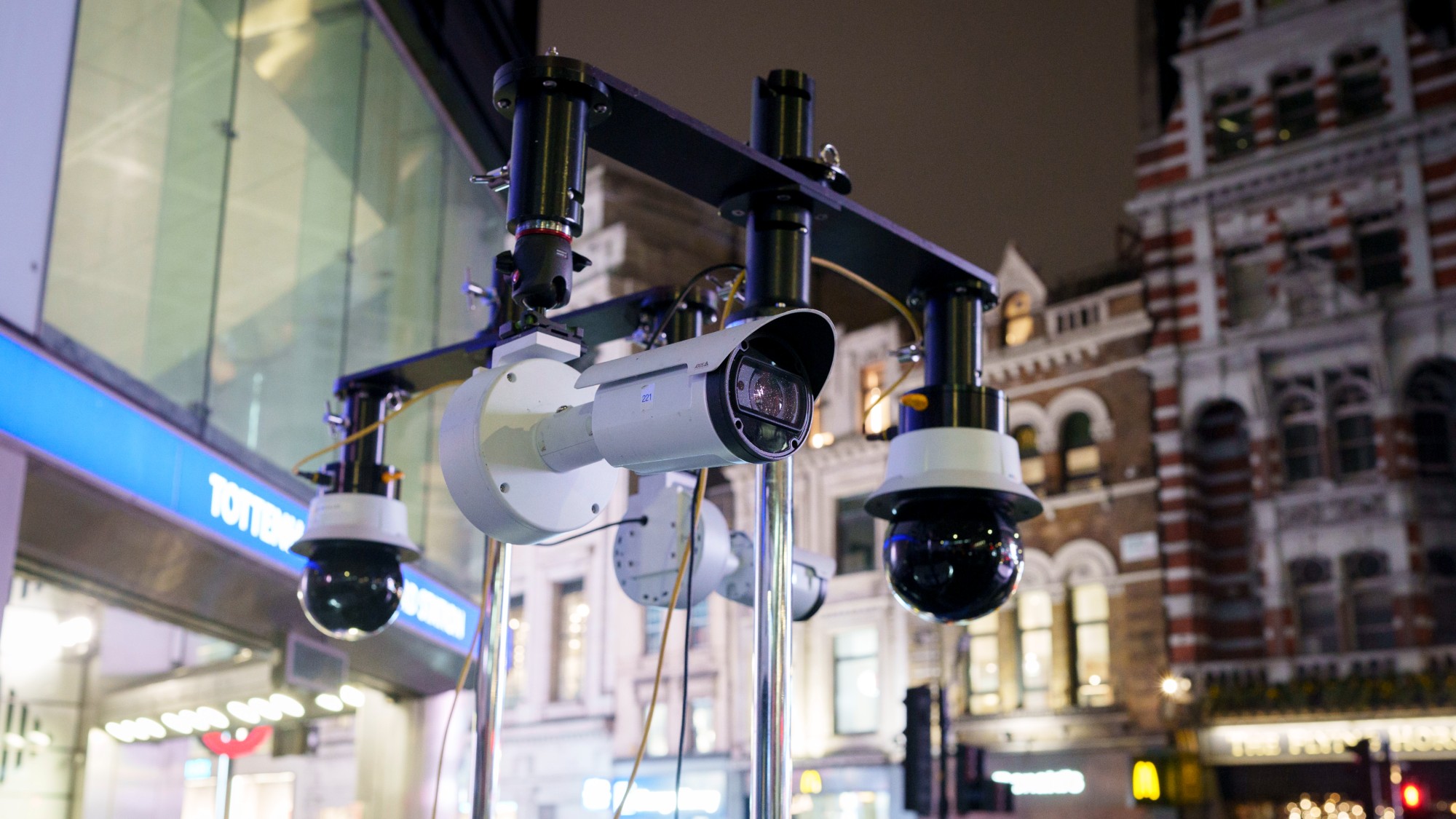Exhibit of the week: The Third Mind: American Artists Contemplate Asia, 1860–1989
The new exhibit at the Guggenheim Museum shows that American artists drew much of their inspiration from Asian art.
Guggenheim Museum, New York
Through April 19
“More than an exhibition, The Third Mind is a frontal assault on the conventional story” of how American artists have defined themselves, said Ariella Budick in the Financial Times. Conventionally, the American art world is portrayed as constantly “grappling with its European heritage.” But this exhibition presents a bold revisionist premise: that American art has long had an “alternative lineage” rooted in the creative output of Asia. To make the case, the museum has assembled 250 works by artists from James McNeill Whistler to Jasper Johns—each of which “looked to another Old World” for inspiration.
The Week
Escape your echo chamber. Get the facts behind the news, plus analysis from multiple perspectives.

Sign up for The Week's Free Newsletters
From our morning news briefing to a weekly Good News Newsletter, get the best of The Week delivered directly to your inbox.
From our morning news briefing to a weekly Good News Newsletter, get the best of The Week delivered directly to your inbox.
Late-19th-century American artists were influenced not just by impressionism but by Japanese ukiyo-e woodblock prints, said Linda Yablonsky in Bloomberg.com. Paintings like Mary Cassatt’s The Letter (1890) or Whistler’s Purple and Rose (1864) show the influence of Katsushika Hokusai. As the exhibition progresses through different eras and movements, it “illuminates the art on view beyond its usual definition as abstract expressionist, minimalist, or conceptual.” A debt to Asian calligraphic forms, for example, becomes starkly clear in the thick black brushstrokes of abstract expressionist works such as Franz Kline’s Painting No. 7 (1952) and Robert Rauschenberg’s Automobile Tire Print (1953).
Rethinking the grand narrative of American art is “always a worthy goal,” said Holland Cotter in The New York Times. But there are many pieces here for which a connection to Asian sources seems tenuous, or even forced. Still, taken as a whole, the show makes a strong case for the Asian influence in American art. Paul Kos’ untitled 1970 conceptualist piece surrounds a block of melting ice with microphones, amplifying the sound of water droplets in near-mimicry of a Zen fountain. American Buddhist James Lee Byars’ The Death of James Lee Byars shows a teahouse-like structure lined with gold leaf. Though remarkably different in medium and effect, both works contribute to the show’s “strange and perplexing” beauty, which transcends its polemical thesis.
A free daily email with the biggest news stories of the day – and the best features from TheWeek.com
-
 Political cartoons for December 14
Political cartoons for December 14Cartoons Sunday's political cartoons include a new White House flag, Venezuela negotiations, and more
-
 Heavenly spectacle in the wilds of Canada
Heavenly spectacle in the wilds of CanadaThe Week Recommends ‘Mind-bending’ outpost for spotting animals – and the northern lights
-
 Facial recognition: a revolution in policing
Facial recognition: a revolution in policingTalking Point All 43 police forces in England and Wales are set to be granted access, with those against calling for increasing safeguards on the technology